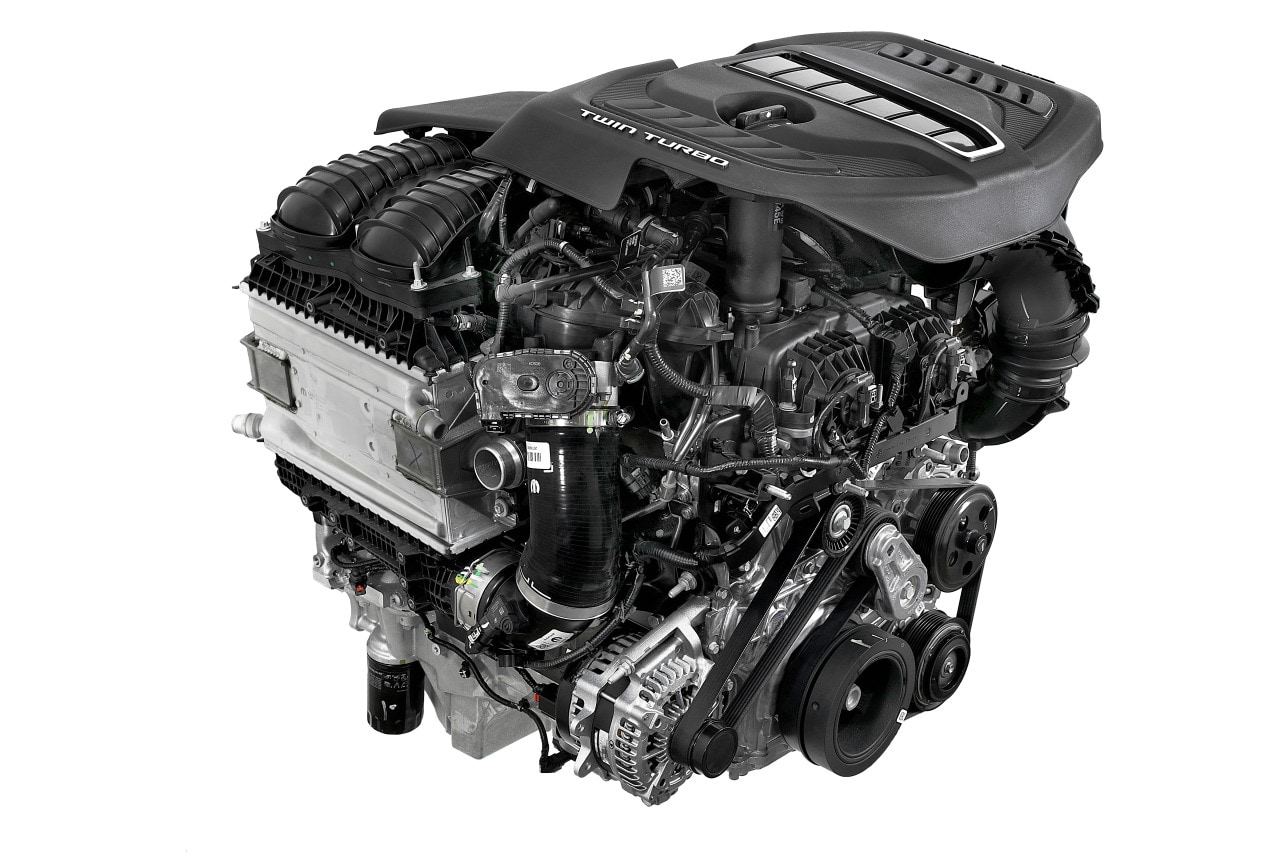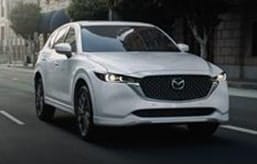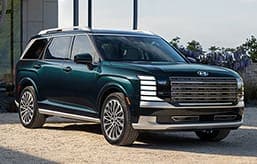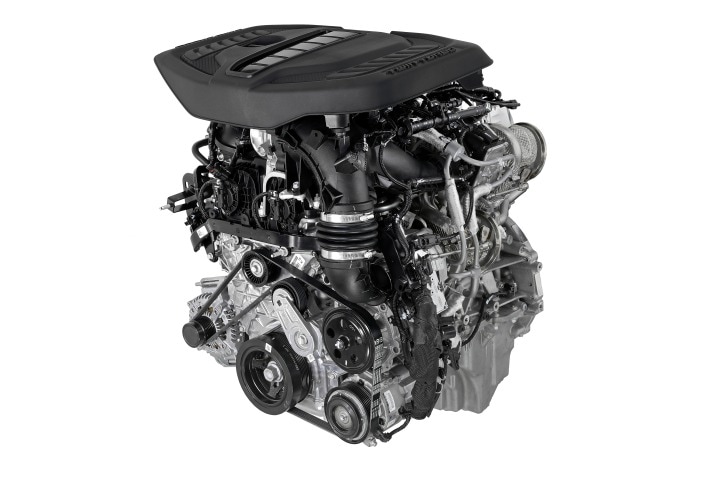- Stellantis is debuting an all-new family of engines.
- The new engine family is called the Hurricane, named after an engine found in old Willys Jeeps.
- The engines are both 3.0-liter twin-turbo straight-sixes but have different outputs.
In the Era of Electrification, Stellantis Debuts Brand-New Engine
It's not as out of touch as it may sound
With EVs skyrocketing in popularity and many manufacturers ending development of their internal combustion engines entirely, building a new, from-the-ground-up engine might seem a little out of touch. But Stellantis is taking one last crack at a gas burner, and the company says it has good reason to. With today's EVs, towing and hauling over extended distances simply aren't feasible. Not only that, but Stellantis sees its EV sales only hitting the 50% mark by 2030. Naturally, the other half of the cars it sells have to be powered by something.
Cue the all-new Hurricane 3.0-liter, twin-turbocharged inline six-cylinder engine. The new engine uses a deep-skirt cast aluminum block, features a dual overhead cam design, and has two low inertia turbos to help boost output. The Hurricane family of engines will be available in two states of tune (for now). The first is the SO, or standard output, which makes a little more than 400 horsepower and 450 lb-ft of torque. The HO, which stands for high output, will make more than 500 horsepower and 475 lb-ft, but Stellantis notes final power outputs will be left to the individual manufacturers that fall under its corporate umbrella.
The engines themselves are crammed full of new engineering tricks to help keep weight down, increase the engines' overall efficiency, and ensure they land within current emissions targets. The cylinder walls are coated with an ultra-thin layer of steel that is melted and bonded to the inside of the cylinder at over 4,000 degrees, and the result is a tough liner that's thinner and lighter than a conventional cast iron liner. It also reduces friction between the piston and the wall itself, resulting in better efficiency.
Stellantis expects the majority of the engines built to be used in the North American market, as overseas brands like Alfa Romeo and Peugeot either don't have a need for engines like these or already have powertrains that work better for their cars. The company also noted that these engines can be used with electrified applications. That means they've been designed to work either as stand-alone internal combustion engines or with standard hybrid, mild hybrid or full plug-in hybrid powertrains. The Hurricane engines will be built in Stellantis' Saltillo North Engine Plant in Mexico, taking the place of the Tigershark engines previously built there.
Edmunds says
Stellantis isn't saying which cars will feature the new engines first, but it did say that the first applications of these engines will be unveiled sometime this year. We're secretly hoping Jeep puts a Hurricane engine in the Wrangler and finally gets rid of the Pentastar V6.




 by
by